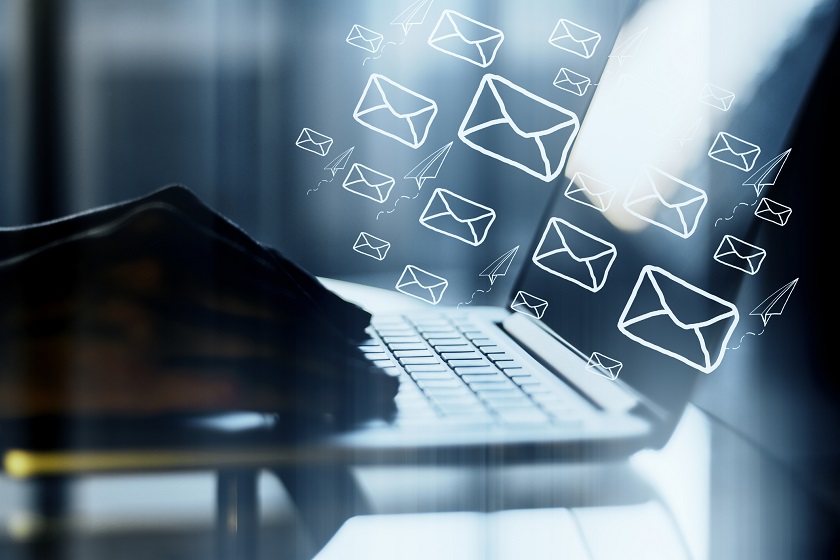
Email Etiquette Basics to Look More Professional
As a job seeker or employee, email is used as a professional means of communication, but email etiquette isn’t exactly taught in school. It’s important…
Email addresses: the fields To, CC & BCC can sometimes be confusing so here is how you use them; To is for the person/people you want directly converse with; CC (carbon copy) is for the person/people that need to be informed (FYI); and BCC (blind carbon copy) is for the person/people that need to informed but prefer that their details remain private to the others involved in the email.
Subject field: make sure this is clear, precise and related to the content of the email. For example, “Need help with task A” “Quick question about task B” “meeting time for task C”. DO NOT find an old email and click reply for a brand new subject, this confuses the receptor and makes you look lazy and unprofessional. Leaving out a subject is equally as bad and will most likely result in the receiver deleting the email before reading it.
Spelling and grammar: this is perhaps the most important point to remember. Make sure you are spelling all names correctly! People can be quite offended if their name is misspelt, especially if the person they are communicating with has known them for quite a while. Without correct spelling and grammar, the email message can get confused, misread and misunderstood. It can also give the impression that you are uneducated. Use capitols where needed, full stops at the end of sentences and make sure all words are spelt correctly. Sentences need to be to the point and must make sense, try speaking them out loud as well as proofreading.
Attachments: the professional way to send one or two attachments via email is to use the attachment button. If you need to attachment multiple files sending multiple emails is not the answer, the best way to do this is to create a zipped folder or use an online system such as Dropbox.
Responding: be prompt. If the sender’s email is long and filled with questions that you don’t have the time to answer straight away, still reply. Let them know that you have received the email and while you don’t have the time to answer it now you will be able to at this time (give specific time).
Emojis: were once seen as unprofessional and childish, but have since become much more accepted in professionalism. Emails are unable to convey expressions or feelings where an emoji can, so adding one to your email lets the recipient know how your email should be interpreted on an expression level.
Signatures: ALWAYS have your signature on every email that you send out, this is so important (especially in business) because it lets the receiver know what company you’re with and they have the details to call you if needed.
The last thing to remember with email etiquette is that nothing is confidential, emails can be forwarded at a click of a button and an email always has a trail. When writing an email assume that everyone will see what you write, so don’t write anything you wouldn’t want everyone to see. When in doubt, just leave it out!
I hope this blog has inspired you into personal professionalism. If you have any questions at all about this topic, please contact us and the Inology team will be happy to help answer your query.